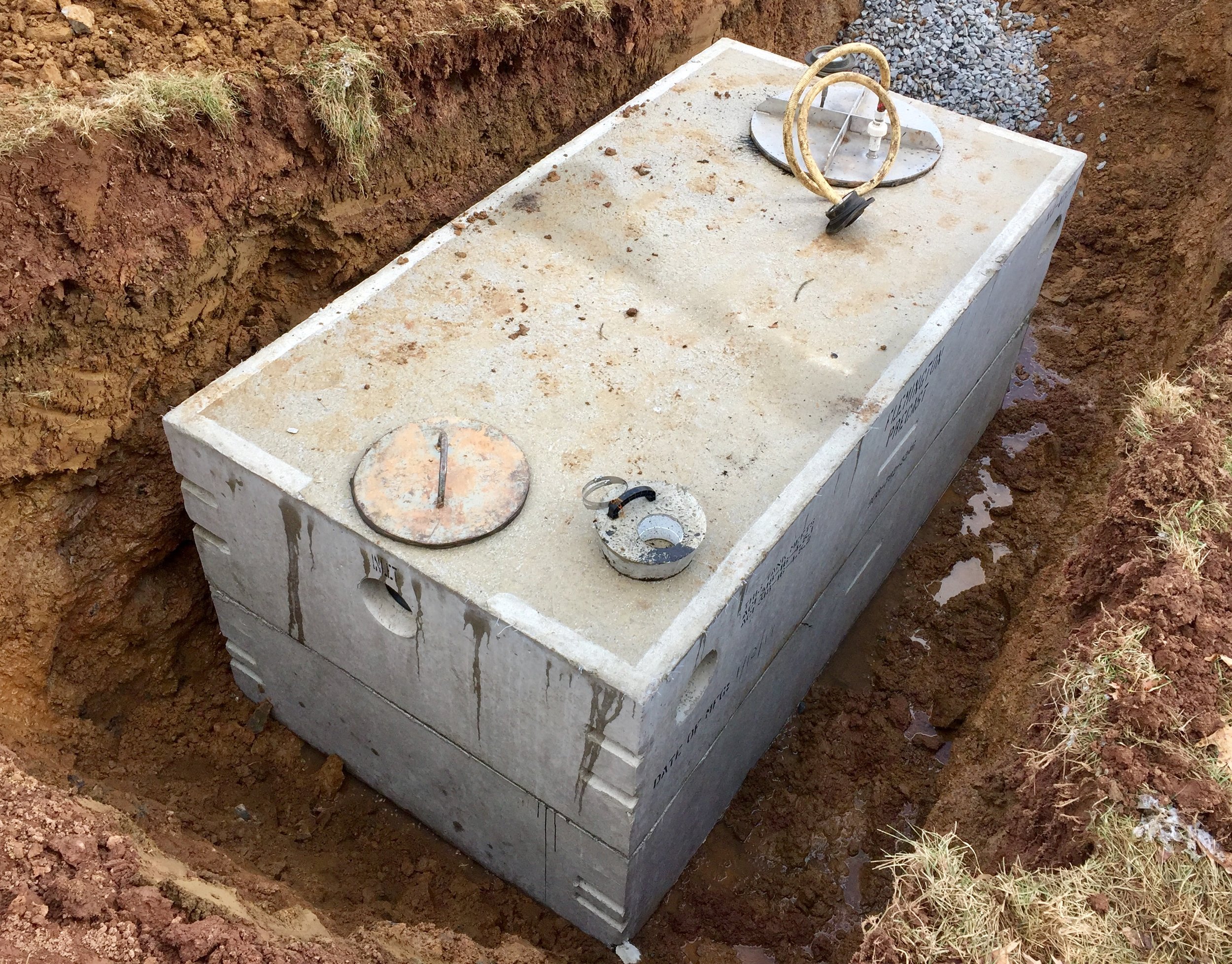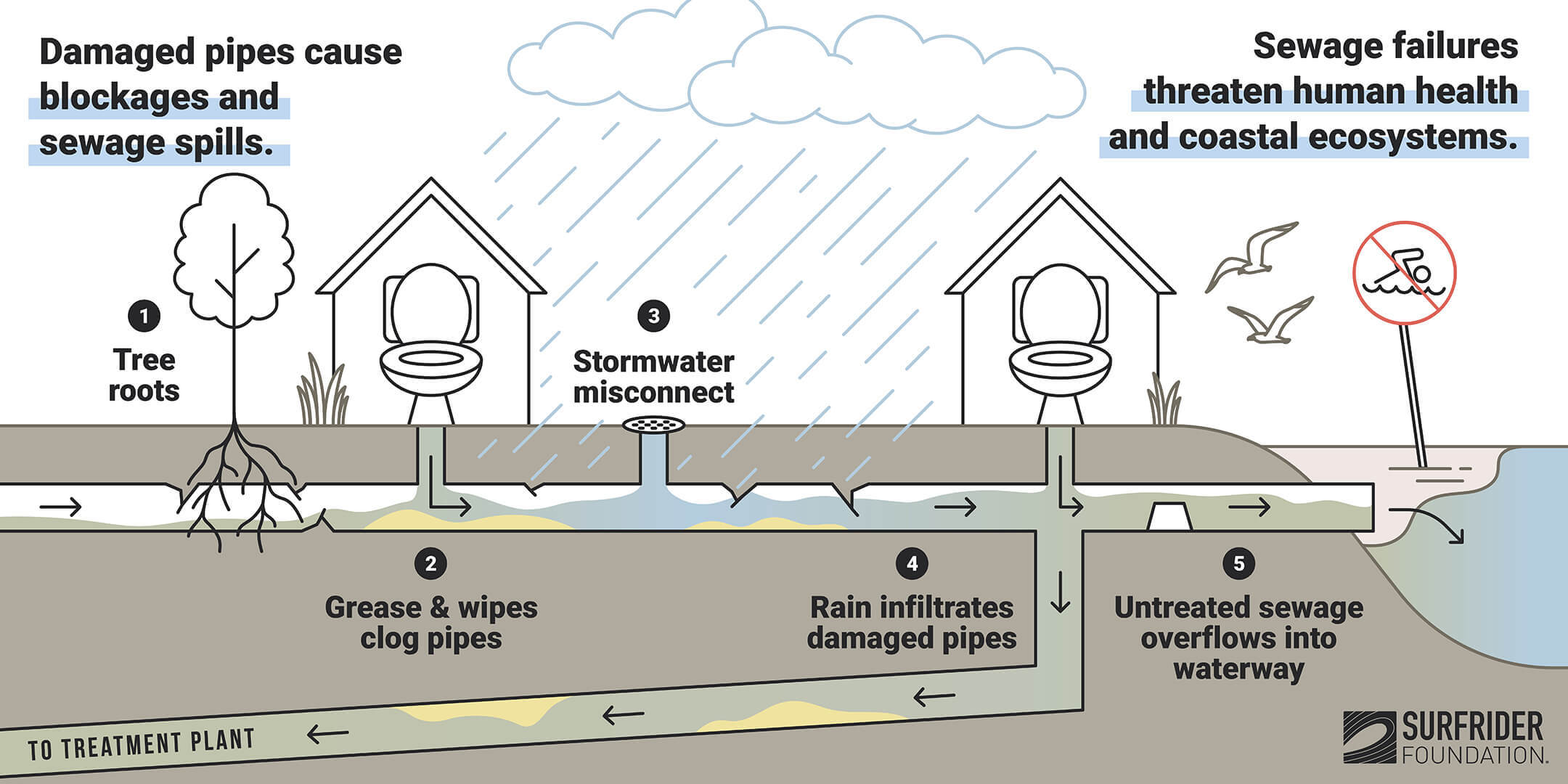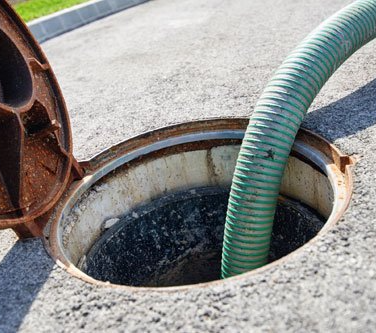How Weather Affects Septic Tank Installation

Installing a septic tank is a critical step in managing household wastewater, and weather conditions play a significant role in the process. Understanding how different weather factors impact septic tank installation can help homeowners and contractors plan effectively, avoid costly mistakes, and ensure the longevity of the system.
Key Weather Factors Influencing Septic Tank Installation

| Weather Factor | Impact on Installation Process | Considerations |
|---|---|---|
| Rainfall | Excessive rain can saturate soil, causing delays and instability in excavation sites. | Schedule installation during dry periods; use pumps to remove water if needed. |
| Temperature | Cold weather can freeze the ground, making digging difficult and potentially damaging equipment. | Plan installations in warmer months; use ground thawing techniques if necessary. |
| Snow and Ice | Snow cover can hide hazards and ice can create unsafe working conditions. | Clear snow and ice before work; ensure worker safety protocols are in place. |
| Wind | Strong winds can disrupt equipment operation and pose safety risks. | Monitor weather forecasts; secure equipment and materials. |
How Weather Affects Different Stages of Installation
-
Site Assessment and Planning
- Wet or frozen ground can affect soil testing accuracy.
- Weather conditions influence the timing of site visits.
-
Excavation
- Rain and frozen soil complicate digging and trench stability.
- Muddy conditions increase the risk of machinery getting stuck.
-
Tank Placement
- Uneven or unstable ground due to weather can affect tank alignment.
-
Backfilling and Covering
- Wet soil can cause compaction issues, leading to future settling problems.
Tips for Managing Weather Challenges
- Monitor local weather forecasts closely before and during installation.
- Use weather-resistant equipment and protective gear.
- Schedule work during favorable weather windows.
- Prepare contingency plans for unexpected weather changes.
Frequently Asked Questions (FAQs)
Q1: Can septic tanks be installed during winter?
A1: While possible, winter installations are more challenging due to frozen ground and safety concerns. Special equipment and techniques may be required.
Q2: How does heavy rain affect septic tank installation?
A2: Heavy rain can saturate the soil, making excavation difficult and increasing the risk of trench collapse. It’s best to avoid installation during or immediately after heavy rainfall.
Q3: What precautions should be taken during windy conditions?
A3: Secure all equipment and materials, and ensure workers follow safety protocols to prevent accidents caused by strong winds.
Conclusion
Weather conditions significantly influence the septic tank installation process. By understanding these impacts and planning accordingly, homeowners and contractors can ensure a smooth installation, reduce risks, and extend the lifespan of the septic system.
Would you like me to enhance the blog article with more technical details, add real-world case studies, or include a checklist for septic tank installation?
